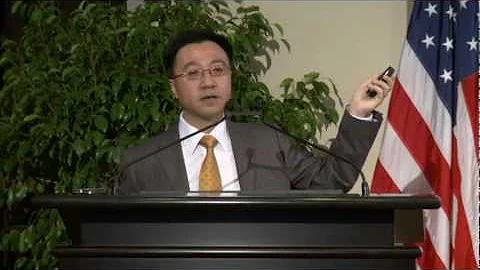According to reports, in the early morning of December 17, 2020, Chang'e 5 successfully landed in the Siziwangqi area of Inner Mongolia and successfully brought back the "soil" from the moon to the moon. This is the first time that an earth spacecraft has moved from the moon in the past 40 years. Bring back samples. From launch to successful landing, Chang'e 5 lasted more than 20 days, so what high technology supports it?

(Picture Source Network)
First of all, the return method of Chang'e-5 is very scientific. Spacecraft returning from extraterrestrial bodies generally have relatively high speeds, and it takes a lot of "hardship" to slow down. After scientific research, Chang'e 5 adopts a "floating and floating" reentry method. When it enters the starry sky above Saudi Arabia, it is about 120km above the ground at a speed of about 11.2km/h, and it is decelerated aerodynamically. After that, it descended to a certain height, jumped out of the atmosphere and reached a high point through a bounce, then descended again and implemented aerodynamic deceleration, and finally opened the parachute and successfully landed on the scheduled Siziwangqi landing site.
is followed by fully automatic docking in lunar orbit. Looking at the global lunar exploration projects, almost all of the Apollo projects in the United States rely on manual docking. This time, the docking of Chang'e-5 in the orbit around the moon completely relies on intelligent automation, which is the first time in the world.
Finally, and the most critical is the Long March 5 launch vehicle. Its low-Earth orbit load is up to 25 tons, and the geosynchronous transfer orbit has a carrying capacity of up to 14 tons. In addition to the discontinued Mars V, Energy and N1 launch vehicles, Long March V ranks third among active rockets. It is also its appearance that gives Chang'e 5 the basic skills of flying to the moon, setting the moon, and returning to the earth.
After completing the three-step project of "circumnavigating, descending and returning", the pace of China's lunar exploration will not stop, and related technical research is still in-depth. According to relevant information, the next obstacle to be overcome is manned moon landing. .











